Delegate: Dr. Bingqian Zhu; Dr. Yan Li
Affiliation: Shanghai Jiao Tong University School of Nursing; The Hong Kong Polytechnic University School of Nursing
Short Bio: Dr. Bingqian Zhu is a Research Associate Professor at Shanghai Jiao Tong University School of Nursing. She was also a mentee of the 2021 International Sleep Research Training Program. In response to the World Sleep Society’s call for “Quality Sleep, Sound Mind, Happy World”, Dr. Zhu collaborated with Dr. Yan Li, a Research Assistant Professor at The Hong Kong Polytechnic University School of Nursing. They and their young students organized a series of events to celebrate the 2022 World Sleep Day. Dr. Zhu is dedicated to the development of sleep medicine by working as a researcher and mentoring students. This year was the second time that Dr. Zhu was involved in such an initiative. It helped to improve the health literacy about sleep among the audiences and provided the younger generation an opportunity for early immersion in the field of sleep medicine.
Activity: This year’s event featured a series of activities held from January to April of 2022. It aimed to 1) promote healthy sleep, 2) inspire the younger generation to learn more about sleep medicine, and 3) promote the WSD activity among researchers. The main target audience was college students from both mainland China and Hong Kong. Below are detailed descriptions of those activities.
1. Inviting a competition for original works related to 2022 WSD (January to March 2022)
To build a platform for the young students to display their talents, we invited a competition for original work related to the theme of this year’s activity “Quality Sleep, Sound Mind, Happy World”. We received approximately 30 pieces of work from both the Shanghai Jiao Tong University and The Hong Kong Polytechnic University. The works were submitted by undergraduate and graduate students, in various formats including videos, flyers, handouts, and tweets. They were independently scored. Prizes were awarded to the first, second, and third place winners. Figure 1 shows the flyer for the call. Figures 2-4 show works winning the first, second, and third places. Figure 5 shows corresponding prizes.
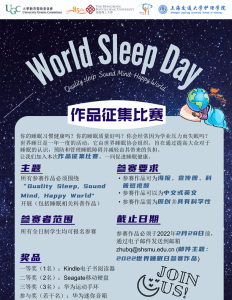
Figure 1. Flyer for the call for competition
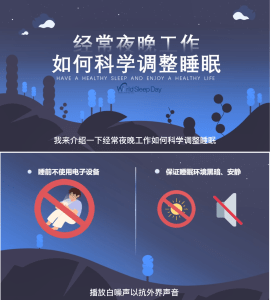
Figure 2. Work won the first place (an educational video related to shiftwork)
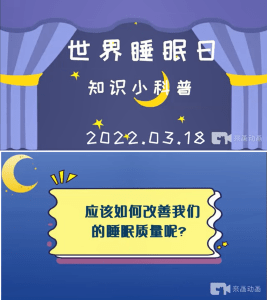
Figure 3. Work won the second place (a video on the basics of sleep)
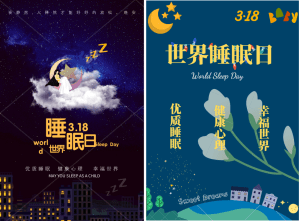
Figure 4. Works won the third place (flyers for the WSD event)
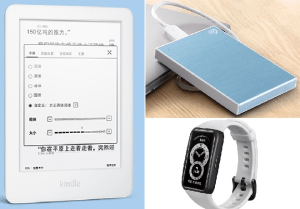
Figure 5. Prices for the winners (first place, Kindle book; second place, harddrive; third place, activity monitor)
2. Sharing tips for healthy sleep via tweets (March 18, 2022)
On March 18, 2022, we released a tweet on tips for healthy sleep during special times (e.g., work/study from home). Below is the link to this tweet: https://mp.weixin.qq.com/s/eF2vOqeMMiEt6fTKv0CjDw. Figure 6 shows representative screenshots of the tweet.
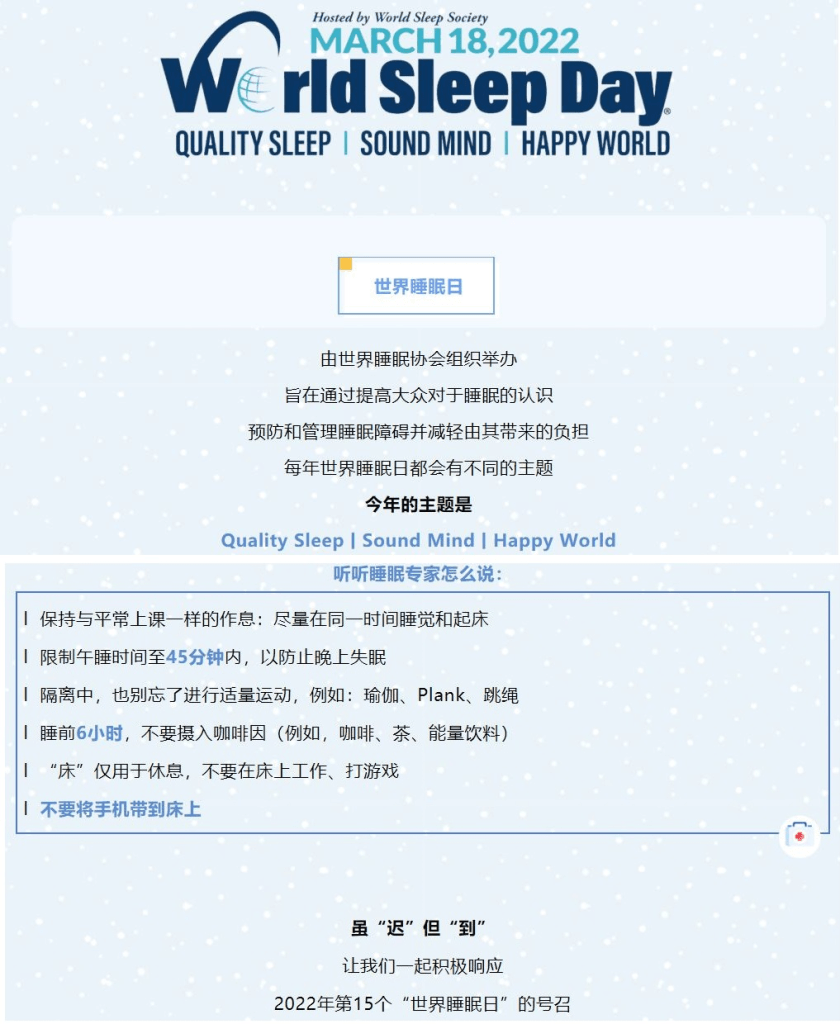
Figure 6. Tweet on tips for healthy sleep
3. Distributing pamphlets about sleep (April 14, 2022)
By using resources from the World Sleep Society website and searching for scientific literature, we designed a pamphlet on sleep. Given our audiences were young college students, the pamphlet covered four parts: 1) Basics about sleep (e.g., sleep phases, elements of healthy sleep, and importance of sleep); 2) Common sleep disorders including insomnia and sleep apnea; 3) Sleep in special populations (e.g., shift workers); 4) Sleep hygiene, including the effects of commonly consumed products on sleep (e.g., coffee, alcohol, and melatonin). Figure 7 shows part of the pamphlet.
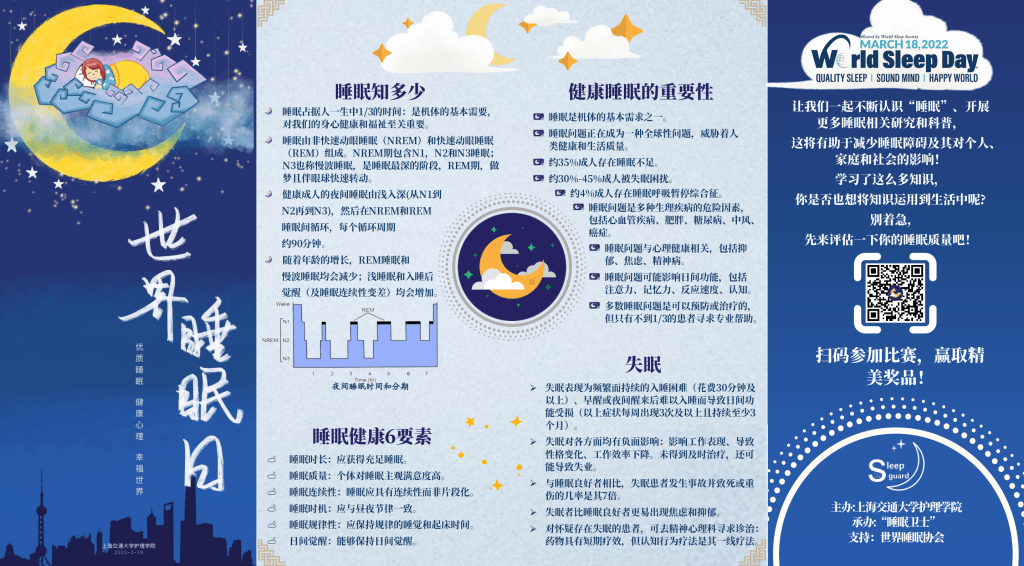
Figure 7. 3-fold pamphlet
4. Organizing and holding the Scientific Forum for 2022 WSD (April 16, 2022)
From February to March, we sent out invitations to present at the “2022 World Sleep Day: Scientific Forum”. A total of five researchers from the US, Hong Kong, and mainland China were invited. The purposes of this effort were: 1) to promote the WSD among researchers; 2) to provide college students an opportunity to learn more about sleep. Figure 8 shows the flyer for this symposium. We also tweeted about this event. Below is the link to this tweet: https://mp.weixin.qq.com/s/ctSjqXn9FqXeXAqJ2icI_w . Figure 9 shows representative screenshots of the tweet.
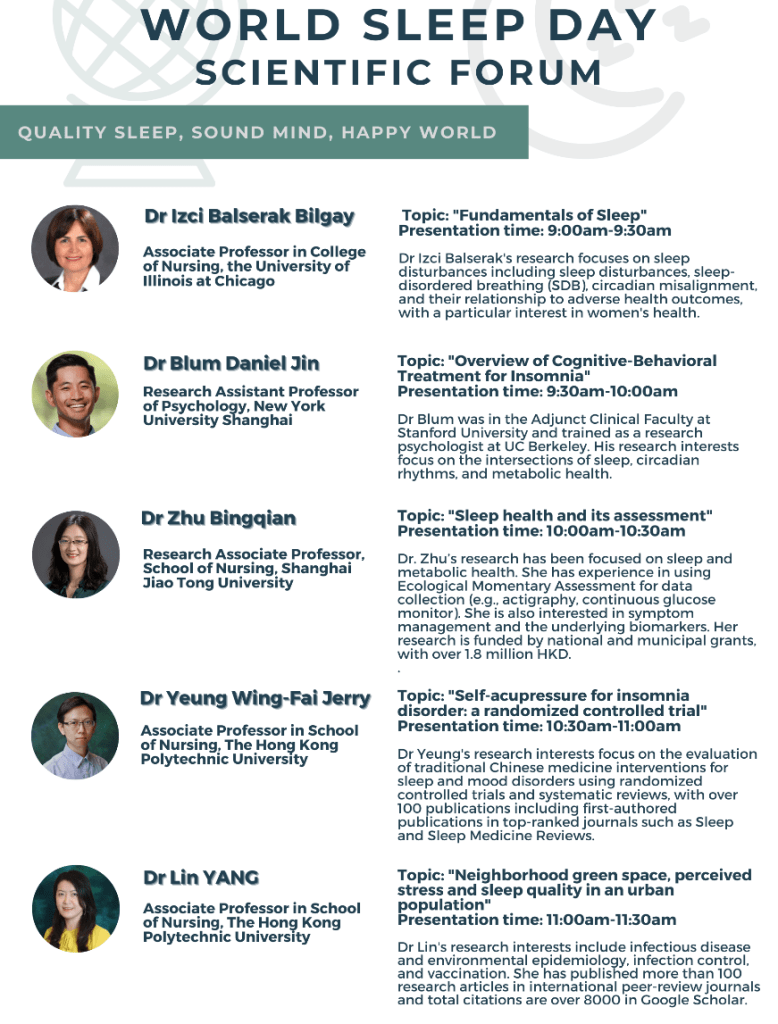
Figure 8. Flyer for the “2022 World Sleep Day: Scientific Forum”

Figure 9. Tweet on the forum
The sleep symposium was held on April 16, 2022. Given the audiences were mainly college students with various backgrounds, such as Medicine, Nursing, Public Health, and Nutrition, the symposium covered various aspects of sleep, including basics about sleep, sleep health and its assessment, sleep and greenspace, overview of cognitive behavior therapy for insomnia, and acupuncture for insomnia. The symposium was held online and over 100 students joined the meeting. The students had very active interactions with the speakers by asking questions (e.g., how to treat different types of insomnia). Overall, the symposium was quite successful. It not only provided researchers who were not aware of the WSD an opportunity to learn more about this initiative but also enabled them to actively engage in this year’s activity. More importantly, the symposium has inspired young students who will be the main force of healthcare professionals in the future. Some of them might choose to enter the field of sleep medicine. Figures 10-12 show screenshots of the symposium.
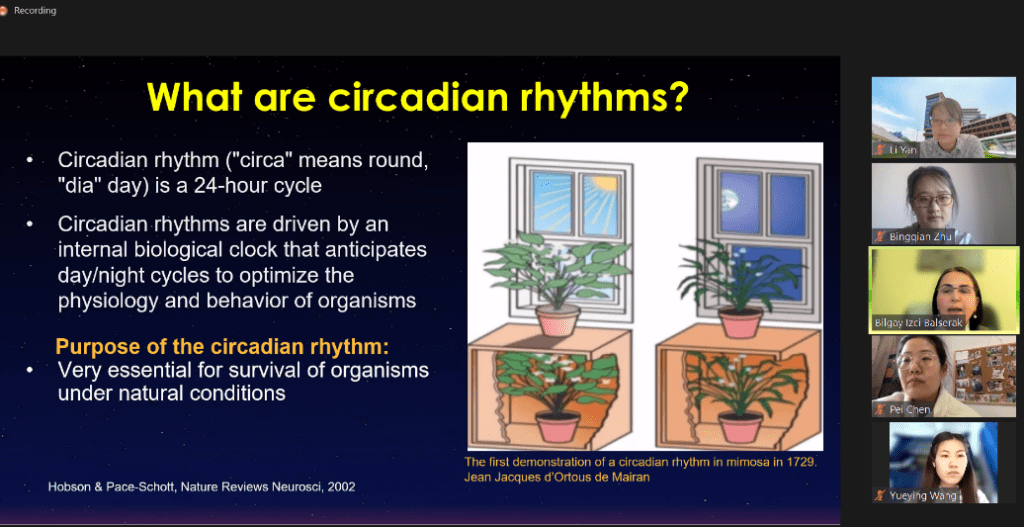
Figure 10. Presentation on basics of sleep

Figure 11. Presentation on cognitive behavior therapy for insomnia

Figure 12. Presentation on the relationship between greenspace and sleep
5. Assessing sleep hygiene of the audiences and their knowledge about sleep
To provide tailored health education for young students in future events, we assessed audiences’ (mostly young students) sleep hygiene and sleep behaviors. We also designed seven quizzes about sleep and WSD to engage the audience and assess their knowledge about sleep. Small prizes were awarded based on the number of quizzes the respondents got right. Figure 13 shows sample questions about sleep hygiene (left) and sample quizzes (right). Figure 14 shows sample prizes designed by our team (handbag, key chain, and mug).

Figure 13. Sample questions and quizzes
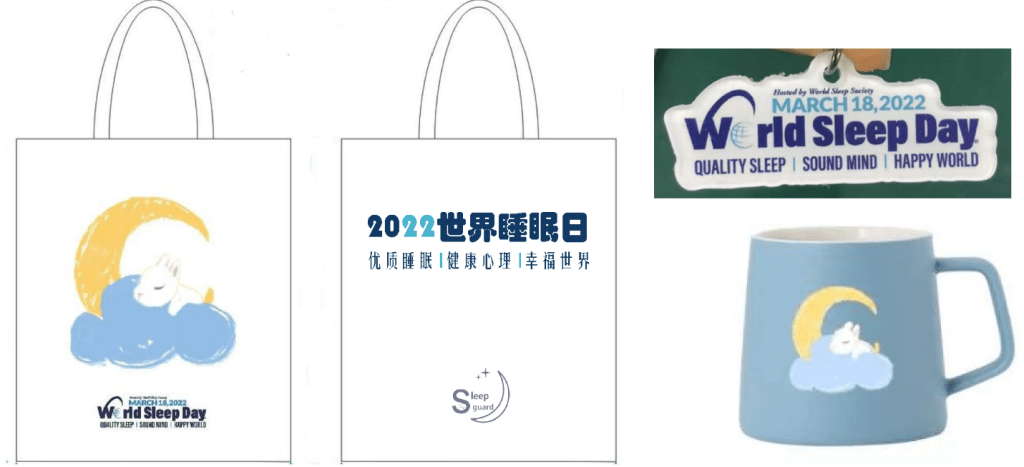
Figure 14. Sample prize designed by our team
6. Public media about our WSD activities
Tips for healthy sleep: https://mp.weixin.qq.com/s/eF2vOqeMMiEt6fTKv0CjDw
WSD scientific symposium: https://mp.weixin.qq.com/s/ctSjqXn9FqXeXAqJ2icI_w
News about our activities: https://www.shsmu.edu.cn/news/info/1003/22337.htm
7. Acknowledgment
We would like to thank the researchers who presented at the symposium and the students who joined the competition. We would also like to thank the Student Union of Shanghai Jiao Tong University for promoting our event and Mike Mutschelknaus from the World Sleep Society for providing feedback. Special thanks to students at the School of Nursing who helped to organize those activities, including Jingqi Bai, Jiyuan Chen, Wanting Wang, Pei Chen, Jinjin Yuan, Yueying Wang, and Yunping Mu.
Location: Shanghai
Date of Activity: March to April 2022
Submitted by: Bingqian Zhu

